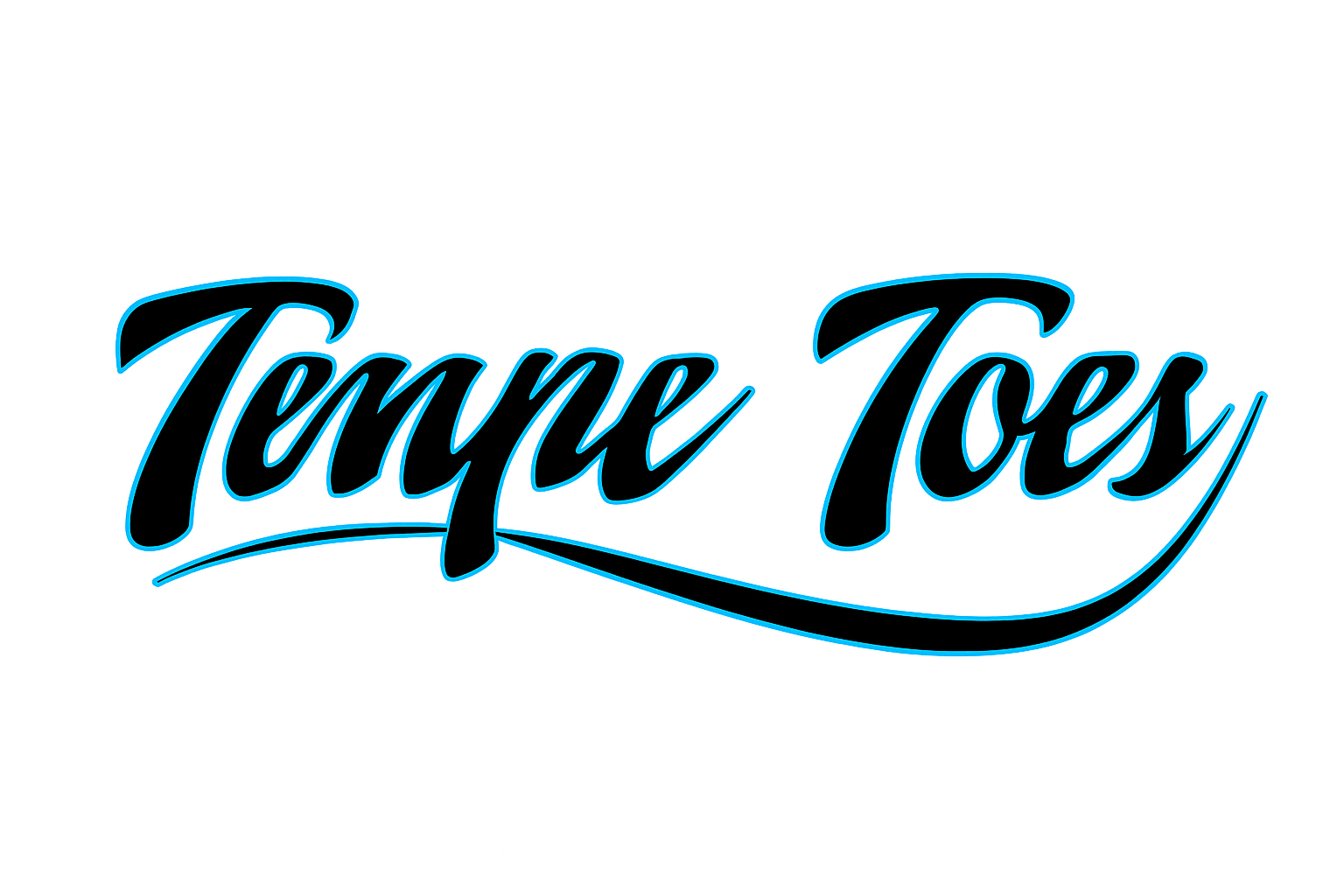In the vibrant world of manga, stories leap from the pages, captivating readers with their unique art styles and compelling narratives. Yet behind every translated volume lies a dedicated group known as Olympus Scanlation. These unsung heroes breathe life into Japanese comics for fans around the globe. As we delve deeper into this fascinating realm, you’ll discover not only the art of translating manga but also the passion that fuels its growth and accessibility.
From intricate character designs to complex dialogue, manga translation is both an art and a craft. It requires precision, creativity, and cultural awareness to ensure that each story resonates with its new audience. Join us on this journey as we explore what it takes to bring your favourite series from Japan straight to your fingertips!
Introducing Olympus Scanlation
Olympus Scanlation has emerged as a prominent player in the manga translation scene. Founded by a group of passionate fans, this team is dedicated to making Japanese comics accessible to non-Japanese speakers. Their love for manga drives their commitment to delivering quality translations.
What sets Olympus apart is its focus on accuracy and cultural fidelity. Each member understands that translating manga goes beyond mere word-for-word conversion; it’s about capturing the essence of the story. They work diligently to preserve humour, emotion, and nuances that may be lost in direct translation.
Collaboration lies at the heart of Olympus Scanlation’s approach. Translators connect with editors and typesetters to create polished final products that resonate with readers worldwide. This teamwork showcases not just their skill but also their shared enthusiasm for bringing beloved stories to life across different cultures.
Understanding the World of Manga Translation
Manga translation is a vibrant art that bridges cultures. It allows fans around the world to enjoy stories originally written in Japanese.
At its core, translating manga goes beyond mere word-for-word conversion. It involves capturing the essence of characters, emotions, and humour while ensuring readability for a new audience.
Translators must also consider visual elements like onomatopoeia and sound effects, which often carry cultural significance. These choices can change how readers perceive a scene entirely.
Moreover, understanding idiomatic expressions is crucial. What makes sense in Japanese may not resonate with English-speaking audiences—translators navigate these nuances skillfully.
The collaboration between translators and editors further enhances quality. Their combined efforts ensure that each release maintains both authenticity and appeal to diverse readerships across the globe.
The Process of Translating Manga
Translating manga involves much more than just swapping words. It’s an intricate dance of language and imagery, where each panel tells a story.
First, translators read the original text carefully. They absorb the nuances and emotions embedded in the dialogue. Understanding character voices is crucial for capturing their essence.
Next comes word choice. Translators must find equivalents that resonate with the target audience while preserving meaning. Sometimes that means adapting idioms or cultural references to make them relatable.
Lettering also plays a key role. The visual aspect must blend seamlessly with translated text without disrupting flow or clarity.
Reviews are essential. Editors comb through translations to ensure accuracy and consistency before publication, maintaining quality across chapters.
Every step requires creativity and attention to detail—attributes that define true craftsmanship in manga translation.
Challenges Faced by Manga Translators
Manga translators encounter a myriad of challenges that test their skills and creativity. One significant hurdle is the unique linguistic nuances found in Japanese. The language has intricacies, idioms, and cultural references that can be tough to convey accurately.
Translators must also consider the art within manga panels. Text needs to fit seamlessly into speech bubbles without disrupting the artwork. This balancing act requires both precision and artistry.
Another challenge lies in maintaining character voices. Each character often has distinct ways of speaking, influenced by personality or background. Preserving these identities while translating adds layers of complexity.
There’s the pressure of time constraints. Many translators operate under tight deadlines yet strive for quality work, making it crucial to manage their time effectively while ensuring accuracy in every translation task they tackle.
The Importance of Maintaining Cultural Context in Translation
Cultural context is crucial in manga translation. It shapes how stories are perceived and understood by different audiences. Without it, the essence of a narrative can be lost.
Every joke, reference, or idiom carries cultural weight. A simple line may resonate deeply in Japan but fall flat elsewhere. Translators must navigate this delicate balance with care.
For instance, food references might use localised substitutes to maintain flavour and humour. This ensures readers connect with the story on a personal level.
Moreover, character interactions often reflect societal norms that vary across cultures. Capturing these subtleties enriches the reading experience.
Translators who respect cultural nuances help bridge gaps between worlds. They create an authentic connection that resonates beyond language barriers—an essential aspect of Olympus Scanlation’s mission.
Tips for Aspiring Manga Translators
To embark on your journey as a manga translator, immerse yourself in the source material. Read a wide variety of genres to understand different storytelling styles and nuances.
Familiarise yourself with both the Japanese and English languages deeply. It’s not just about word-for-word translations; it’s about conveying emotions and intent.
Join online communities or forums where experienced translators share insights. Engaging with others can provide valuable feedback on your work.
Practice regularly by translating short chapters or pages from various manga series. This helps develop your skills while improving speed and accuracy.
Remember that patience is key. The art of translation takes time to master, but each step forward enhances your craft significantly.
Conclusion
Olympus Scanlation stands at the forefront of manga translation, bridging cultures through the artful adaptation of Japanese comics. The intricate process behind translating manga involves more than just converting words from one language to another; it’s about capturing the essence and spirit of each story.
Translators face numerous challenges along this journey. From colloquialisms and cultural references to maintaining humour and emotion, every detail matters. Each translated page must resonate with readers while staying faithful to the original work’s intention.
Cultural context plays a pivotal role in translation. Understanding nuances can make or break a reader’s experience. A successful translator knows how to convey not only what is said but also what is meant, ensuring that local customs and traditions enrich rather than hinder comprehension.
For those aspiring to join Olympus Scanlation or similar groups, honing your skills takes dedication. Familiarity with both languages, an appreciation for storytelling, and attention to detail are essential traits for any budding translator in this field.
As you explore the world of manga translation, consider how much effort goes into delivering these beloved stories across borders. The craft requires passion as well as technical skill—a combination that defines Olympus Scanlation’s commitment to excellence in bringing manga closer to fans worldwide.






